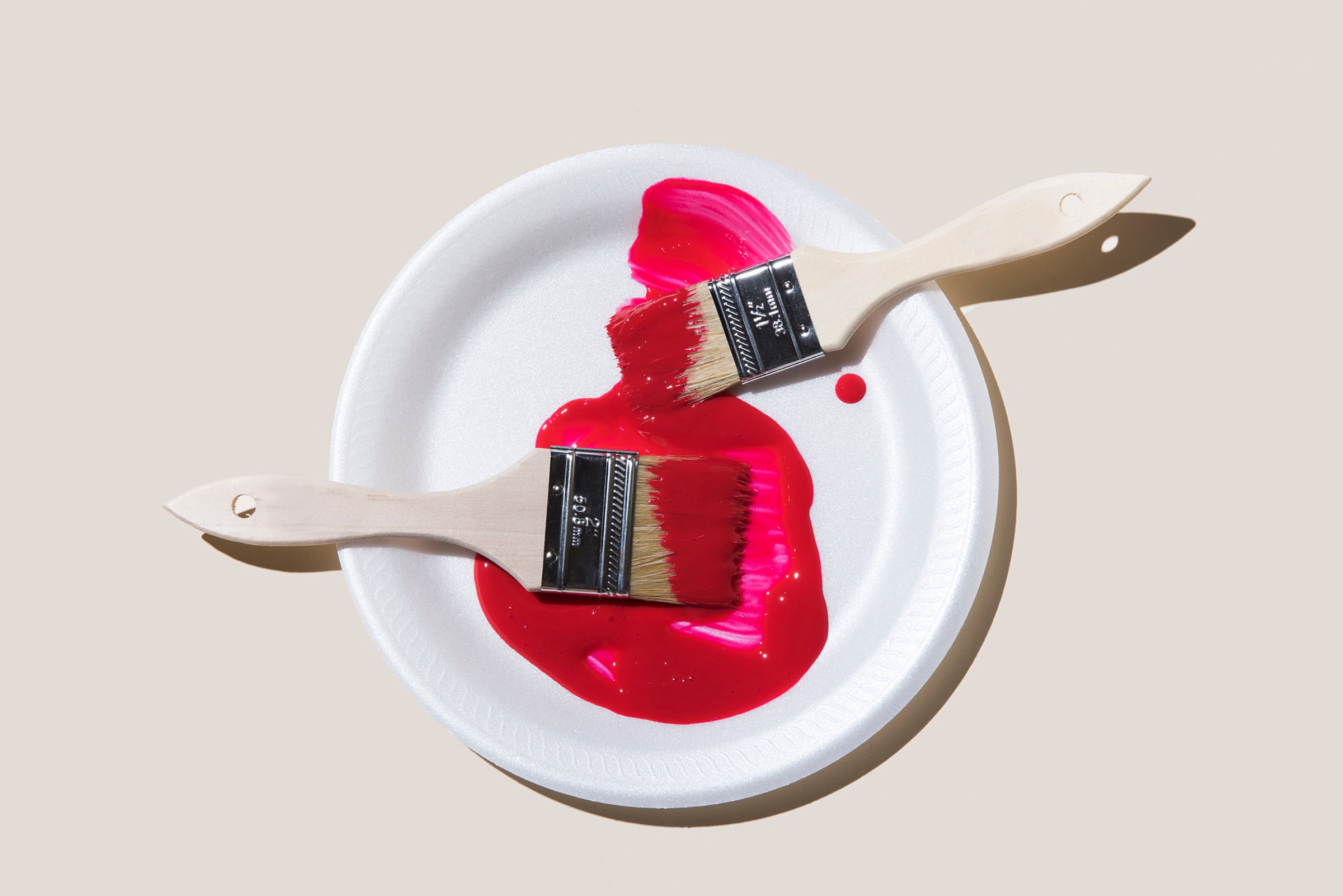
In 2006, when I started my masters in arts management at the College of Charleston, anything seemed possible. The economy was booming, the art market was hot and I believed I would be best friends with a well-known artist in New York City soon.
Fast-forward to the great recession of 2008, and insert a crying emoji face. While I didn’t snag my dream job at MOMA, I still found ways to collect art while working a $15/hour job as a graphic designer right after graduation.
If your intent in collecting art is to eventually turn your acquisitions into your retirement plan, you can stop reading now. But if you want to fill your apartment with works that inspire you on a daily basis (and can maybe occasionally impress a house guest), here are my tips.
1. Get to know the non-profit art centers and small galleries in your town
If you live in a large city, the app Artsy makes finding up-and-coming shows easy. However, if you live somewhere smaller, art-collecting.com can be a good resource for seeking out nonprofit spaces. And many times, city websites that end in .gov will list these institutions, as well.
It can also help to ask around at coffee shops, art supply stores or wherever creative-minded individuals hang out. For example, in Charleston, we have Redux Contemporary Art Center, which is an amazing incubator for new talents and an education center for inspiring artists.
Visit these spaces regularly, check out their shows, donate to the nonprofits (even $5 helps) and learn about who’s working on interesting concepts. Many times, when artists are starting out, their work is more affordable because there isn’t a demand yet. You’re more likely to hear about these talents if you’re hanging out where they work and play.
Read more: 7 Secrets to Becoming Successful in Your 20s and 30s
2. Embrace prints
I’m not talking about the posters you buy at college fairs, but rather the prints commissioned by artists you love. While your print may not be an original, that doesn’t make it any less wonderful. Even large galleries and museums are getting in on reproductions, which means consumers can take home well-known artists without breaking the bank.
For example, one of the largest names in the art world, Gagosian, offers an online shop of prints, posters and interesting duplicates at a fair price. Invest in a frame, and your piece could be as handsome as any one-off canvas.
3. Become friends with artists and gallery owners
You’ll learn about smaller shows, where many times you can score great deals. Show up early and often, and you’ll find someone who’s willing to broker a deal with you.
4. Ask for payment plans
Not many people know this, but many small galleries will work with you to develop a payment plan for larger pieces. For $100 a month, you could be on your way to owning a piece you adore.
5. Think outside the box of paintings
Sculptures, videos, photographs and wearables are often overlooked in favor of framed canvases, and sometimes that means they are priced to sell. Take a second look at the pieces that can’t hang on your wall. While you might have to get more creative in displaying these works, it will be worth it if you find a piece you love with an affordable price tag.
6. Only pick what makes you pause
You know the feeling if you’ve ever walked in front of a painting and froze in awe. This may seem like a silly tip, but folks tend to forget that the point of art (at least in my opinion) is to evoke emotion. It could be love, sadness or joy, but the piece you pick up should cause a reaction. This will help you weed out art that’s not worth part of your paycheck—even if it is a deal.
When Erin Perkins isn’t chasing new artists in the South, she’s tracking the food and beverage scene as the editor of Eater Charleston.
More Must-Reads from TIME
- Breaking Down the 2024 Election Calendar
- How Nayib Bukele’s ‘Iron Fist’ Has Transformed El Salvador
- What if Ultra-Processed Foods Aren’t as Bad as You Think?
- How Ukraine Beat Russia in the Battle of the Black Sea
- Long COVID Looks Different in Kids
- How Project 2025 Would Jeopardize Americans’ Health
- What a $129 Frying Pan Says About America’s Eating Habits
- The 32 Most Anticipated Books of Fall 2024
Contact us at letters@time.com